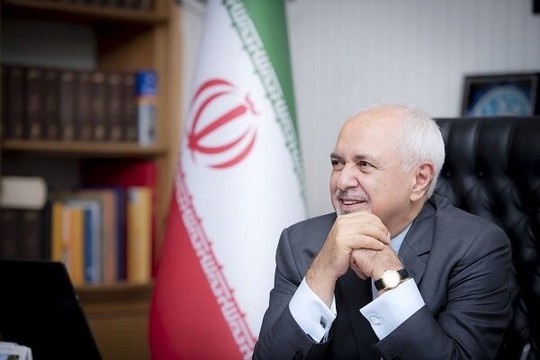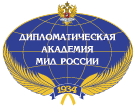Iranian Vice President for strategic affairs Mohammad Javad Zarif.
Photo: ‘The Tehran Times’
Iranian Vice President for Strategic Affairs Mohammad Javad Zarif unveiled the Strategic Consensus Document for National Security, a comprehensive strategic roadmap, ‘The Tehran Times’ reports.
During a Tehran gathering also attended by journalists, Zarif said the document was devised with the help of scholars, analysts, historians as well as a team of officials working for him.
With a historical perspective spanning from the Qajar era to the Islamic Revolution, the document points out that Iran's security has been under constant threat due to its vulnerability to external actors. On this basis, it highlights the role of the Islamic Republic as the guarantor of national stability and emphasizes its strategic approach on the international stage over the past four decades.
The initiative is presented as an exercise in “historical and rational calculation,” directed both at the international community and various sectors of Iranian society. Its purpose is twofold: on the one hand, to construct a coherent narrative on national security; on the other, to outline a roadmap for its effective implementation amid growing regional and international tensions.
The historical analysis concluded with a categorical statement: after a century and a half marked by military defeats, territorial losses, and foreign interference — followed by more than three decades of alignment and dependence — Iran embarked on a transformative process in 1979 to establish itself as a self-sufficient state in security and defense.
After the historical analysis, Zarif proceeded to outline the necessary measures to ensure long-term stability, emphasizing that Iran must transcend a purely military approach and address both internal and external strategic challenges. In this regard, the National Security Consensus Strategic Document identifies several key challenges for the coming years.
Among these, the environmental crisis stands out as an urgent threat: water scarcity and soil degradation are severely undermining the country’s sustainability. Domestically, social cohesion is recognized as a critical pillar, with a focus on reducing inequalities and strengthening national identity as the bedrock of stability.
The report also emphasizes the need to shift from a defensive stance to a development-driven strategy. To achieve this, Iran must bridge the gap with its regional competitors through economic and technological advancements, while simultaneously improving its international projection.
Another pressing challenge is overcoming the impact of economic sanctions, which have restricted access to vital markets. Gradual economic liberalization and enhanced foreign investment are proposed as crucial pathways to ensure sustained growth.
In conclusion, the document asserts that, in the face of ongoing geopolitical shifts, Iran must balance its military power with a pragmatic vision that incorporates internal stability, economic growth, and a more prominent role on the international stage.
At the close of the presentation, the vice president for strategic affairs addressed concerns about the country’s current challenges with a resolute message:
"We have faced various challenges for 40 years, and those who believe we will yield to recent difficulties should know that if we were ever going to surrender, we would have done so long ago."
read more in our Telegram-channel https://t.me/The_International_Affairs

 13:48 13.02.2025 •
13:48 13.02.2025 •























